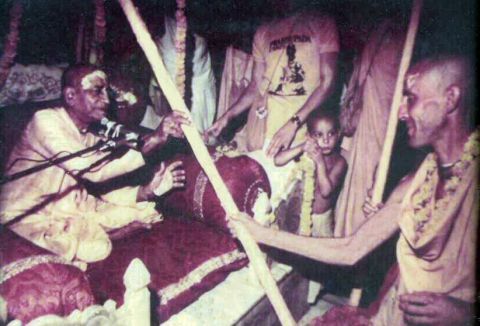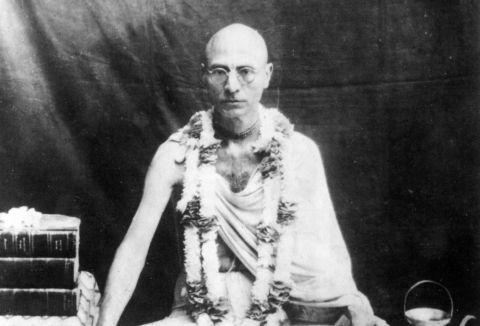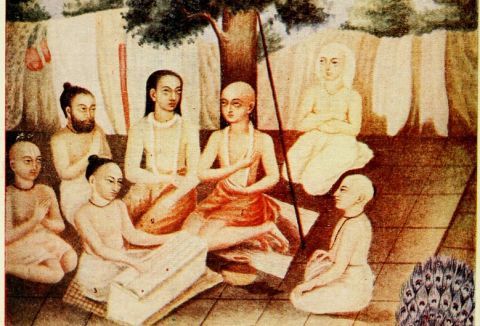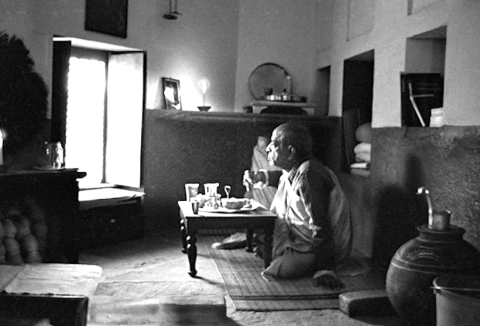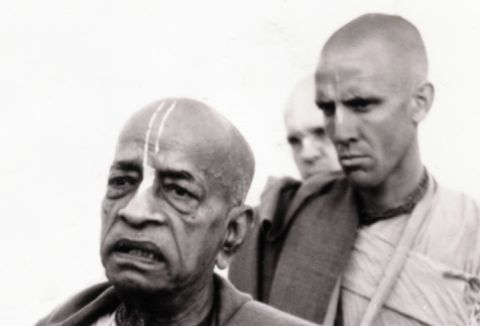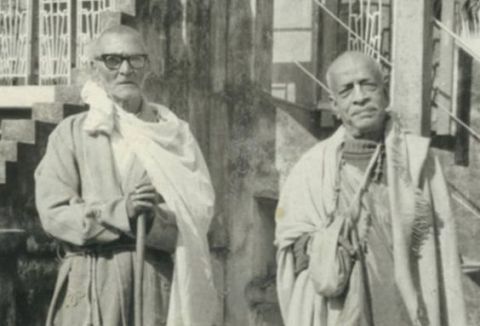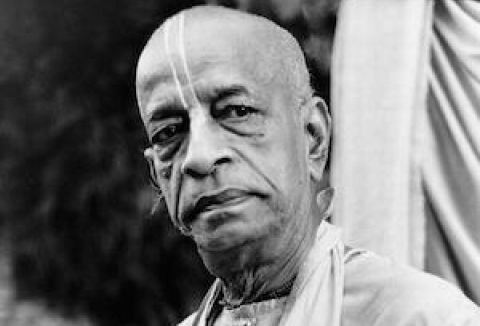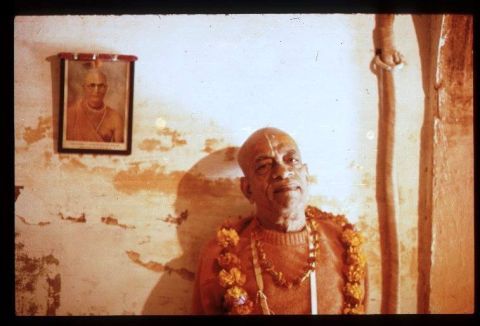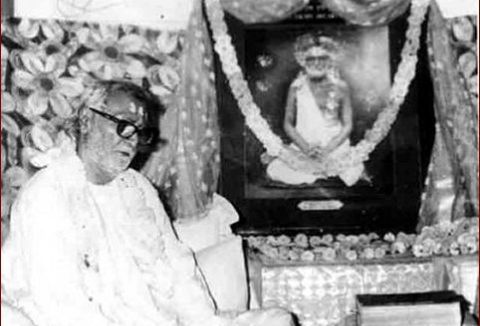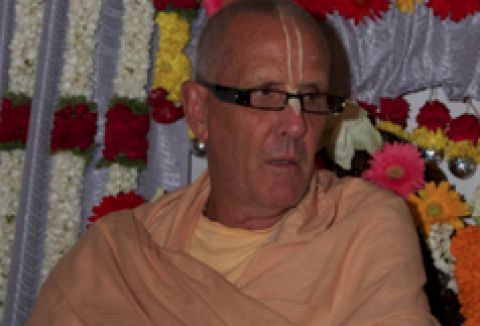Bhaktivedanta
We have heard it said that Srila Prabhupada (A.C. Bhaktivedanta Swami Maharaja) received the name "Bhaktivedanta" from his guru, Srila Bhaktisiddhanta Sarasvati Thakura. Others have said that he received the name "Bhaktivedanta" from Srila Sridhara Maharaja and yet others are saying that he received the name "Bhaktivedanta" from Srila Kesava Maharaja. Can you please say something to clarify this issue?

